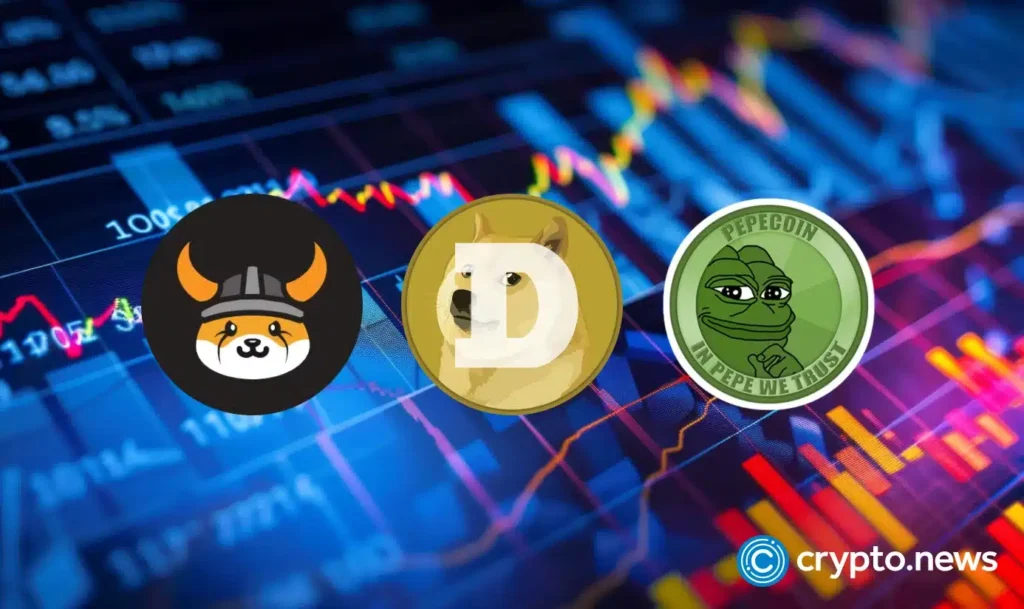Meme coin analyst Murad Mahmudov has released a statistics table featuring nine metrics designed to measure the level of decentralization in meme coins.
On Nov. 29, Murad unveiled what he calls “the most important meme coin statistics table I have ever compiled” in a recent X post. The table showcases nine metrics aimed at evaluating the decentralization of the leading meme coins in the market.
“Measuring decentralization of top meme coins from nine different angles. The blockchain doesn’t lie,” said Murad in his post.
https://twitter.com/MustStopMurad/status/1862190404960915538
Meme coins have taken the crypto sphere by storm, with viral coins like GOAT(GOAT), POPCAT(POPCAT), and MOODENG (MOODENG) generating market caps ranging from thousands to billions of dollars. These coins have attracted a wide spectrum of investors, from seasoned traders to newcomers.
However, there have been many cases of rug-pulls in the meme coin circles, where a token’s value skyrockets in a short amount of time only for it to plummet just as quickly. Traders end up losing all the funds they invested into the token when a dominant holder suddenly sells their entire stake, crashing the value
By measuring meme coin decentralization, Murad attempts to debunk the crypto community’s distrust towards meme coins as they are viewed as risky assets prone to big losses. The more decentralized a token is, the less likely are the chances investors will get rug-pulled by dominant holders looking to rob the token of its value.
What are Murad’s meme coin metrics?
Murad’s table features nine metrics that he used to measure decentralization. The first metric is Median Holder Rank, indicating the rank of the median wallet holding the token. A lower rank reflects more equitable distribution among holders, signaling better decentralization.
Next is the Herfindahl-Hirschman Index which measures ownership concentration on a scale of 0 to 10,000. A lower score indicates higher decentralization, while a score of 10,000 signifies full centralization.
The third metric is the HolderScan Distribution Score, which evaluates the quality of token distribution. A higher score denotes better decentralization. The fourth, fifth, and sixth metrics highlight the percentage of tokens held by the top 100, 25, and 10 largest holders, respectively.
The seventh and eighth metrics show the portion of wallets holding more than $1,000 worth of the token, expressed as a percentage and a ratio. Finally, the ninth metric measures the percentage of new wallets created within the first week of a token’s launch. A lower percentage indicates healthier decentralization.
How do you apply the metrics to meme coins?
Murad’s metrics serve as a guide for assessing whether a meme coin is decentralized enough to warrant investment. Coins with low HHI values, minimal holder concentration, and a higher number of $1K+ holders are generally more decentralized.
In contrast, high HHI values, significant concentrations among top holders, and high first-week wallet activity may signal centralization and dominance by a few wallets.
For example, what many consider to be Murad’s favorite meme coin, SPX6900(SPX), has a median holder rank of 181, an HHI of 29 and a 16.8% concentration of top holders. In terms of decentralization, SPX6900 is ranked in the top spot.
Meanwhile, MOODENG(MOODENG) sits at the bottom of the table because it has a median holder rank of 19, an HHI of 303 and a 33.5% concentration of top holders. This indicates that MOODENG is more centralized, based on the metrics offered by Murad.
Read the full article here

